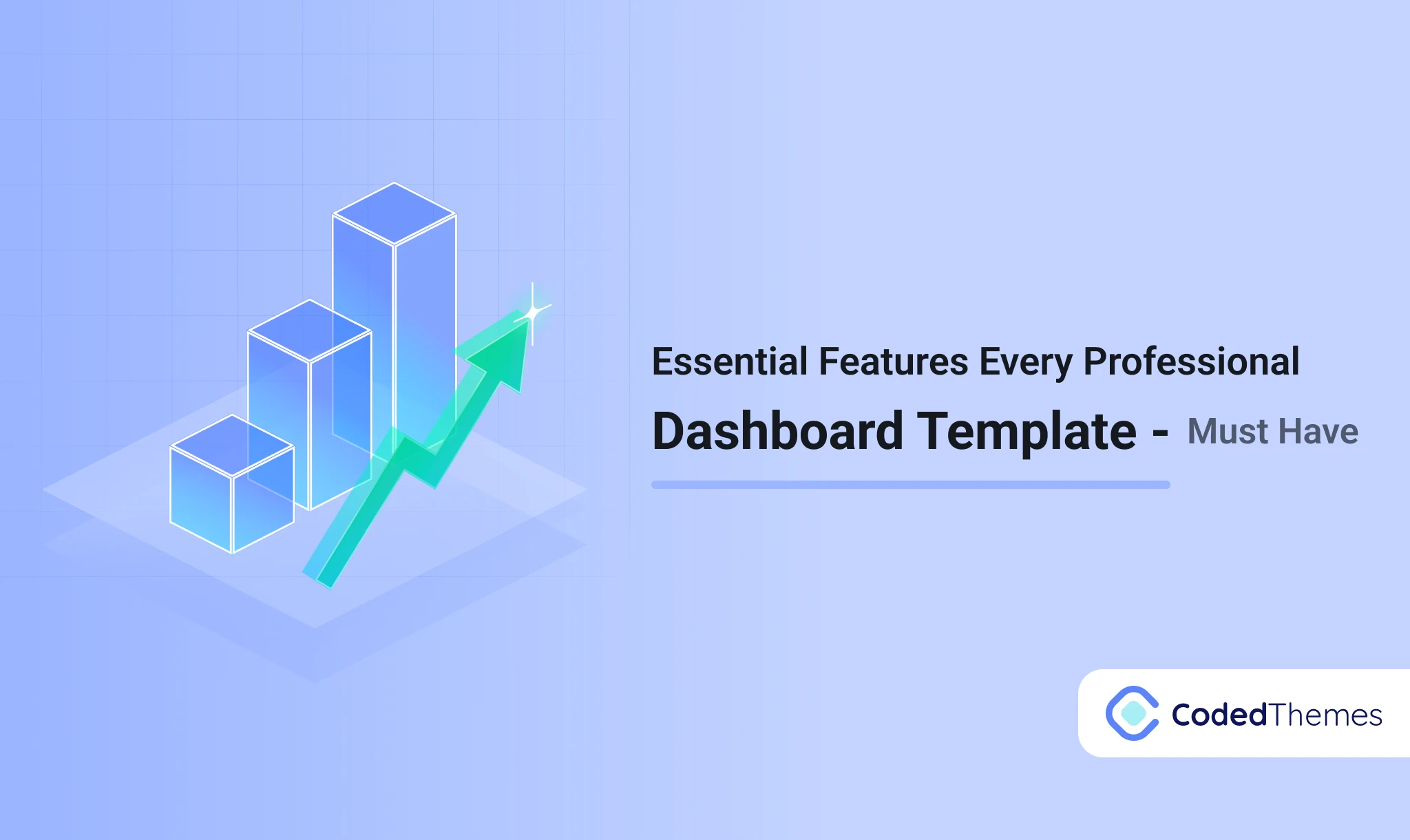When it comes to building responsive and beautiful websites quickly, two of the most popular CSS frameworks stand out: Tailwind CSS and Bootstrap. Both offer a unique approach to front-end development, catering to different needs and preferences. Let’s dive deep into the details of these frameworks and help you decide which one is the best fit for your next project.
What is Tailwind CSS?
Tailwind CSS takes a different approach. It’s a utility-first CSS framework, meaning instead of predefined components, you get access to low-level utility classes like mt-4, flex, or text-center, which you can combine to create your own custom designs. Tailwind doesn’t impose any design restrictions, offering total control over how your website looks.
There are many reasons to move to Tailwind, but the key advantage is its flexibility. You can easily craft unique, custom designs without writing much CSS, and it encourages a more component-driven workflow. Tailwind CSS is ideal for developers who want to build websites that stand out, without relying on a predefined look.
That said, the learning curve can be steeper for beginners, as it requires you to understand how to use its utility classes effectively. Additionally, without the same pre-built components as Bootstrap, development might take longer if you’re not familiar with how to structure your design.
What is Bootstrap?
Bootstrap, created by Twitter developers in 2011, is one of the most widely used front-end frameworks. It provides a set of pre-built components such as buttons, forms, and models, making it easy for developers to quickly design and build responsive websites. Bootstrap follows a more structured, grid-based system with predefined styles, so you don’t need to write much custom CSS.
One of the biggest strengths of Bootstrap is its consistency across browsers and devices. It’s perfect for projects that need a reliable, tested solution. With Bootstrap, you can get a website up and running fast, thanks to its comprehensive library of UI components. However, one downside is that its predefined styles can make websites look similar unless heavily customized.
Key Differences
- Customization: Tailwind offers more flexibility and customization options compared to Bootstrap. With Tailwind, you have complete control over the design, while Bootstrap gives you a set of ready-made components that limit creativity unless overridden.
- Ease of Use: Bootstrap is easier to use for beginners due to its pre-built components and structured design system. Tailwind, on the other hand, gives more freedom but requires a deeper understanding of utility classes.
- Design Freedom: Tailwind allows you to create more unique designs, while Bootstrap sites tend to look similar unless significantly customized.
- File Size: Tailwind generates smaller CSS files because it removes unused classes (with PurgeCSS), whereas Bootstrap can have larger file sizes due to its comprehensive library of styles and components.
Tailwind CSS Templates
Tailwind also has a growing ecosystem of templates, though not as vast as Bootstrap’s. Tailwind templates tend to be more modern and minimalistic, offering a clean starting point for developers who want to create unique, aesthetically pleasing websites. These templates are built with flexibility in mind, allowing you to easily tweak and adjust them to fit your project’s needs.
Bootstrap Templates
One of Bootstrap’s biggest advantages is the availability of free and premium templates. Bootstrap templates are pre-built designs that follow Bootstrap’s grid system and are fully responsive. You can easily find templates for e-commerce sites, blogs, admin dashboards, and more. These templates significantly speed up development time and are easy to customize.
Which One Should You Choose?
If you’re looking for a fast, reliable, and standardized solution for your project, Bootstrap might be the way to go. It’s especially good for teams who need to create consistent, responsive websites quickly. On the other hand, if you want more creative freedom and the ability to craft highly customized designs, Tailwind CSS will offer the flexibility you need.
The best choice for your project will depend on its unique requirements. For quick, standard projects, Bootstrap is a great option. For custom, unique designs that need more control, Tailwind CSS will help you achieve that with ease.











Comments